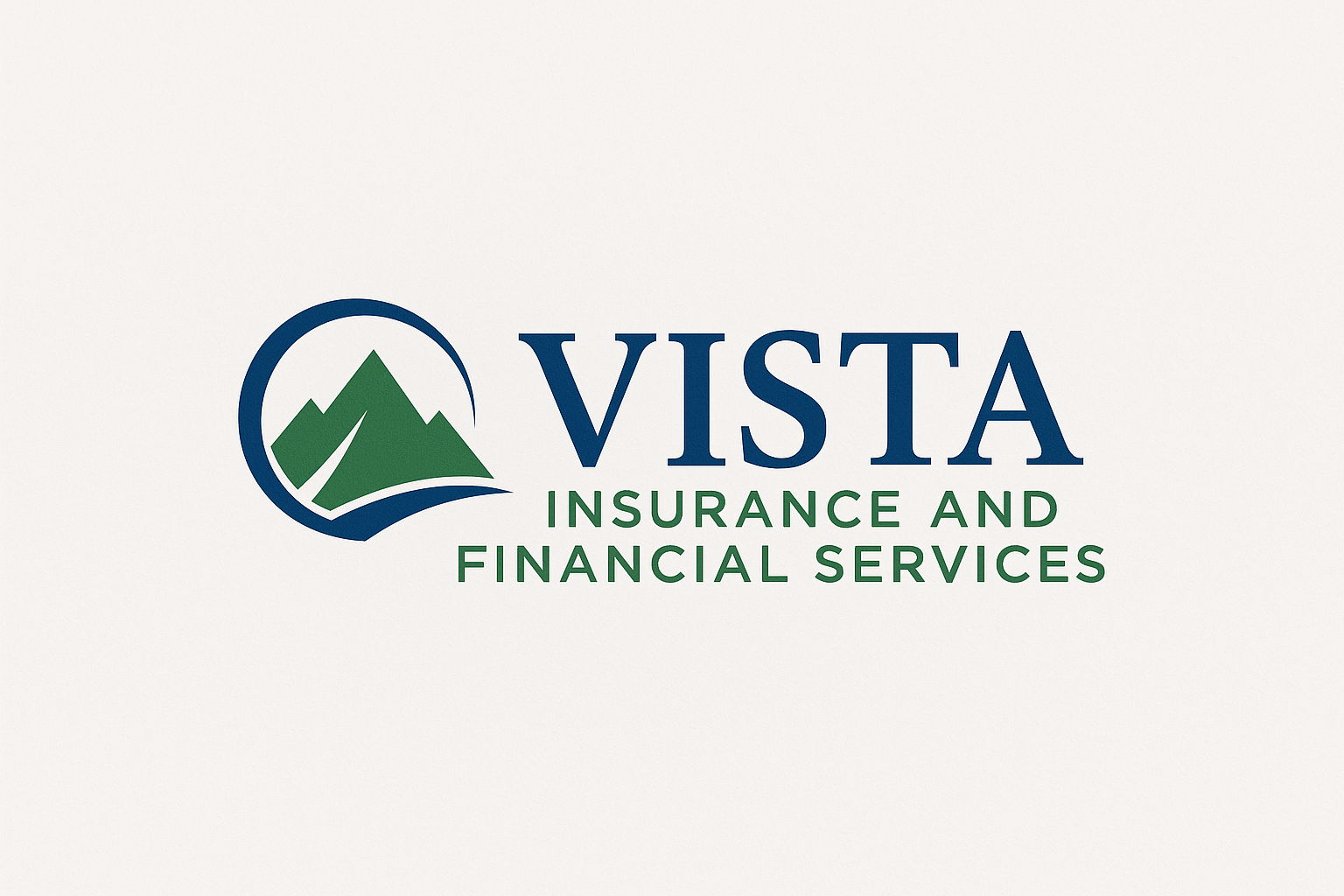Start with a concise policy: include responsibilities, hazard reporting, training cadence, and corrective-action tracking. Focus on the handful of risks that matter most for your operations, such as slips/falls, electrical safety, machine guarding, or ergonomics (OSHA, 2024).
Develop a simple training matrix listing required topics and frequencies by role. Maintain sign-in sheets (or LMS exports) as documentation. Short, regular sessions are more effective than long, one-off trainings.
Determine whether you are partially exempt from OSHA recordkeeping. If not exempt, complete the 300 log and 301 forms, summarize on the 300A, and post the 300A annually. Some NAICS codes must also submit data electronically (OSHA, 2024).
Use OSHA’s On-Site Consultation Program for a no-cost, confidential safety review geared toward small and medium businesses. There are no citations or penalties if serious hazards are corrected promptly (OSHA, 2024).
Establish a rhythm: review incidents monthly, perform a facility walk-through quarterly, and formally refresh the program annually. Track corrective actions to closure and verify PPE availability and fit.
References
- OSHA. (2024). *Employer Responsibilities.* Occupational Safety and Health Administration. https://www.osha.gov
- OSHA. (2024). *Recordkeeping and Reporting Occupational Injuries and Illnesses.* https://www.osha.gov/recordkeeping
